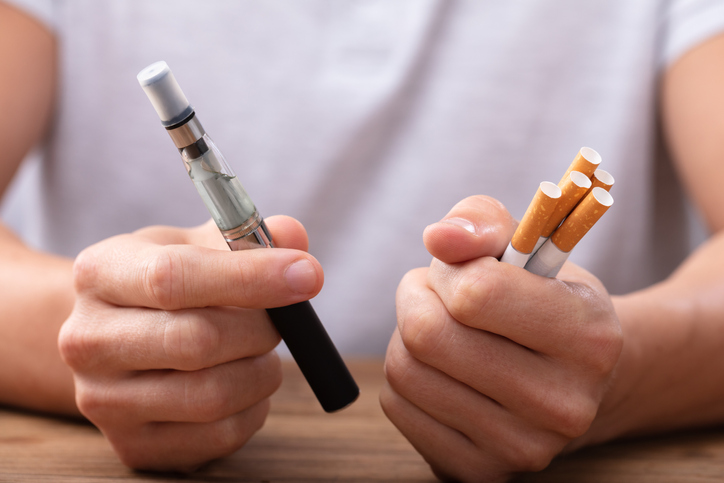Vaping association welcomes MPs’ call to distinguish ‘smoking’ from vaping
November 23, 2021

The UK Vaping Industry Association (UKVIA) has welcomed calls from leading politicians for smoking to be clearly distinguished from “non-combustible alternatives” – including vaping – when the long-awaited Tobacco Control Plan (TCP) is finally published.
Members of Parliament also made the case for the TCP to fully recognise the vital role vaping has played in helping millions of people to quit smoking and the part it has in getting the UK’s faltering “Smoke Free 2030” ambitions back on track.
The remarks were made during a Westminster debate about the TCP led by the APPG for Smoking and Health.
Mark Pawsey, Conservative MP for Rugby and Chair of the All-Party Parliamentary Group for Vaping, said his belief in vaping as an effective and less harmful alternative to smoking was underpinned by Public Health England’s assertion that e-cigarettes were “95 per cent safer than smoking combustible tobacco”.
“These two points are key and should be integral to the treatment of vaping in the new Tobacco Control Plan: the pragmatic recognition of relative risk and harm-reduction and the fundamental importance of distinguishing between combustible tobacco, which we all know is incredibly harmful, and the far less harmful non-combustible alternatives which are available on the market,” Pawsey said.
Pawsey said the new TCP must “continue on the pragmatic and progressive path” forged in recent years while acknowledging “the importance of reduced-risk products in reducing smoking prevalence in our country”.
Andrew Lewer, Conservative MP for Northampton South, agreed: “The Government’s Tobacco Control Plan needs to be based on the significant and growing body of evidence that vaping is an effective alternative for smokers,” he said.
“And I thank the Secretary of State for announcing that the Medicine & Healthcare Products Regulatory Agency (MHRA) has updated its guidance on medical licensing for e-cigarettes – allowing them to be given out on prescription to those trying to quit smoking – but there is still a public perception that vaping is as harmful, and in some cases, more harmful than smoking.”
Of the estimated 3.3 million vapers in the UK, 1.8 million are ex-smokers and the remainder are smokers who also vape. There are about 7 million smokers in total in the UK.
Pawsey said there “is no doubt in my mind” that vaping has played a significant in reducing smoking prevalence in the UK, adding, “If the Government is serious about its 2019 commitment to get the UK smoke-free by 2030, the role of vaping must be further reinforced and supported through the new Tobacco Control Plan.”
He also called for the TCP to not be published before the publication of the Post-Implementation Review into the Tobacco and Related Products Regulations or the ONS data for 2021 on smoking prevalence. The APPG for Vaping has set out recommendations for how the new TCP can embrace those to help eliminate smoking, tackle inequality and help level-up and strengthen consumer confidence in vaping by tackling the misinformation which is presently prevalent.
John Dunne, Director General of the UK Vaping Industry Association, said: “The UK is at a perilous stage in its journey towards a smoke free future, and the TCP will be crucial in steadying the ship and getting those ambitions which, after all, are rooted in harm reduction, back on course.
“With highly vocal advocates in both the political and health protection camps I feel we are in a stronger than ever position to finally get vaping the recognition it deserves as the best and most effective method to help smokers to quit and it is very encouraging to hear vaping being debated in this way at such a high and influential level.”
